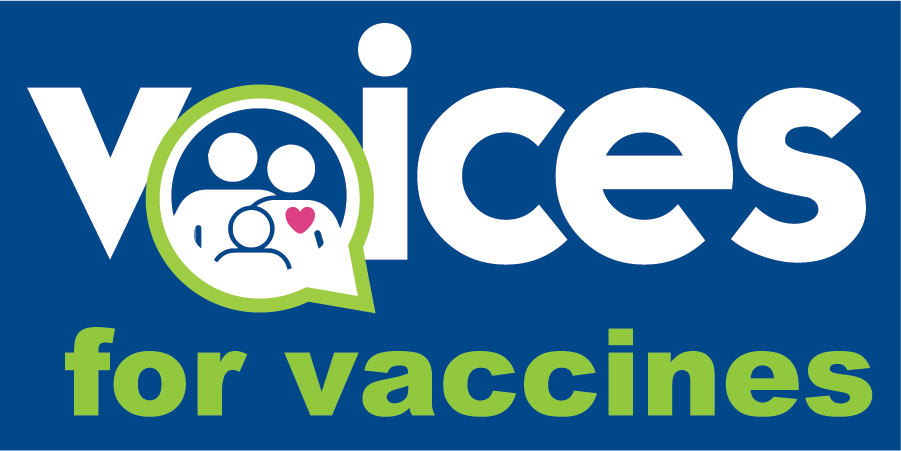The Claim:
In a widely circulating video, Del Bigtree claims that vaccines are unsafe, doctors don’t really understand them, most testing is too short, and that they can cause SIDS and other health problems.
The Facts:
Many studies show that vaccines do not cause SIDS (sudden infant death syndrome). In fact, getting vaccinated may even help lower the risk of SIDS.
When Del Bigtree talks about how long vaccine safety trials last, he is misunderstanding what he reads in vaccine inserts. These inserts are legal documents, not medical studies. Sometimes they say that people were watched for a few days to look for short-term reactions like a sore arm. But that doesn’t mean the whole safety study only lasted a few days. In reality, vaccine safety studies often last months or even years. You can learn more about how vaccine studies are done here.
Bigtree also claims that babies don’t need the hepatitis B (Hep B) vaccine because it spreads through sex or sharing needles. While that’s true, those are not the only ways Hep B spreads. Doctors give babies the Hep B shot at birth because some moms don’t know they have the virus. About 30–40% of people with long-term Hep B got it as babies or young children. Only about half of infected mothers are found before they give birth.
Even today, around 25,000 babies in the U.S. are born each year to moms with Hep B. If a newborn catches it, about 90% of them will stay infected for life. This raises their chances of liver disease and liver cancer later on.
There are many reasons why mothers don’t know they have Hep B. The test for Hep B is harder to understand than some other tests. A mom might get infected after her first test during pregnancy, but before giving birth. Tests can also be wrong sometimes, showing a false “negative.” Mistakes can happen too—like ordering the wrong test, reading the results wrong, or not sharing the results clearly.
Hepatitis B can also live outside the body for up to 7 days, even in dried blood. That means it can spread in other ways, too, like through bites in daycare, dirty needles, or bandages left in public places. This doesn’t happen often, but it’s still possible.


